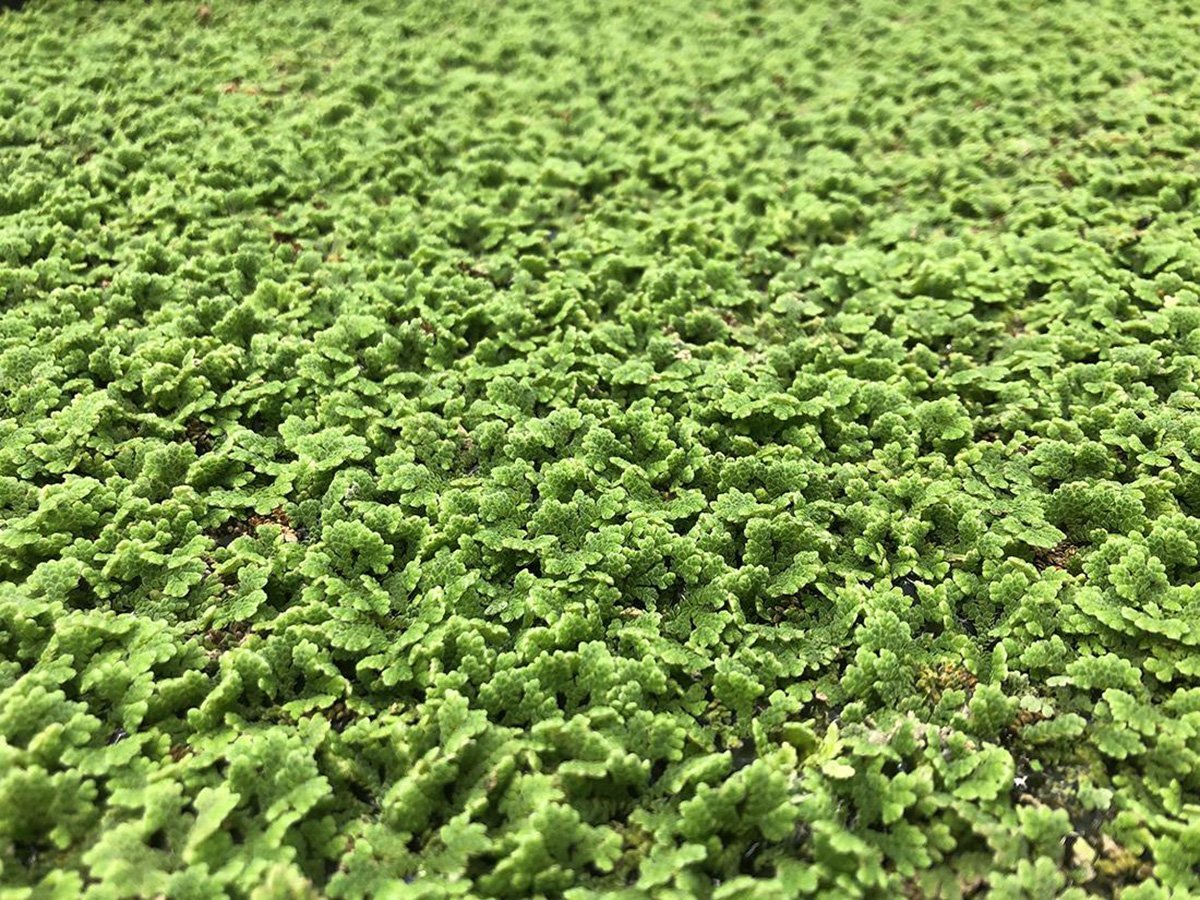Researchers at Penn State have identified a seemingly humble yet incredibly resilient plant that could emerge as a crucial lifeline for human survival.
In a world increasingly prone to catastrophes and disasters, researchers at Penn State have identified a seemingly humble yet incredibly resilient plant that could emerge as a crucial lifeline for human survival. Azolla caroliniana Willd, commonly known as Carolina Azolla, has captured the attention of scientists due to its remarkable ability to double its biomass in just two days and its capacity to capture nitrogen from the air, making it an effective green fertilizer.
A recent study led by Daniel Winstead, a research assistant in the labs of Michael Jacobson and Francesco Di Gioia, professors at Penn State, sheds light on the nutritional potential of this often-overlooked water plant. Published in Food Science & Nutrition, the research suggests that Carolina Azolla possesses a nutritional profile that could make it a vital food source in post-disaster scenarios and potentially alleviate food insecurity in the near future.
“Other species of azolla have been utilized globally for millennia as livestock feed and green manure due to their nitrogen-fixing abilities,” explains Professor Jacobson. “However, the potential for human consumption was previously limited by high polyphenolic content, which interferes with digestibility. Our research reveals that the Carolina strain of azolla has significantly lower polyphenolic content, especially after cooking, making it more suitable for human consumption.”
The study, part of the larger interdisciplinary project “Food Resilience in the Face of Catastrophic Global Events” conducted in the College of Agricultural Sciences, evaluated the nutritional value and cooking methods of Carolina azolla. Grown in a greenhouse at Penn State’s University Park campus, the researchers found that Carolina azolla has a total phenolic content of about 4.26 grams of gallic acid equivalents per kilogram dry weight, significantly lower than other varieties commonly found in Asia and Africa.
To further enhance its digestibility, the researchers tested three cooking methods: boiling, pressure cooking, and natural fermentation. These methods resulted in a reduction of total phenol content by 88%, 92%, and 62%, respectively, compared to the raw plant, making Carolina azolla more palatable and nutritious for both humans and livestock.
According to Winstead, Carolina azolla holds immense potential as a fast-growing, short-season crop that requires minimal inputs and processing. “Its moderate protein and high mineral yields make it an attractive option for cultivation,” he remarks. Additionally, its easy cultivation makes it an ideal resource during disasters and for regular use in smallholder farms and low-income areas.
“Whether as a quick-fix solution in catastrophe scenarios or as part of long-term resilience plans, Carolina azolla could provide significant amounts of protein and calories for both humans and livestock,” Winstead emphasizes. “Efficient systems for cultivation and preparation could make it a climate-resilient nutrient source, potentially even for extraterrestrial exploration.”
This research aligns with ongoing efforts to identify sustainable food sources in the face of increasing global challenges. “By exploring the viability of underutilized plants like Carolina azolla, we aim to build more resilient food systems capable of withstanding disruptions,” explains Jacobson. “Such initiatives are essential for securing food security in the face of uncertain futures.”
Marjorie Jauregui, a doctoral student in food science and international agriculture, contributed to this groundbreaking research. The study was funded by the Food Resilience in the Face of Catastrophic Global Events grant, supported by Open Philanthropy and the U.S. Department of Agriculture’s National Institute of Food and Agriculture.
As the world grapples with the growing specter of disasters and climate change, the potential of Carolina azolla to emerge as a critical food source offers a glimmer of hope in uncertain times. With further research and development, this aquatic fern could play a pivotal role in ensuring the resilience and survival of communities worldwide.
